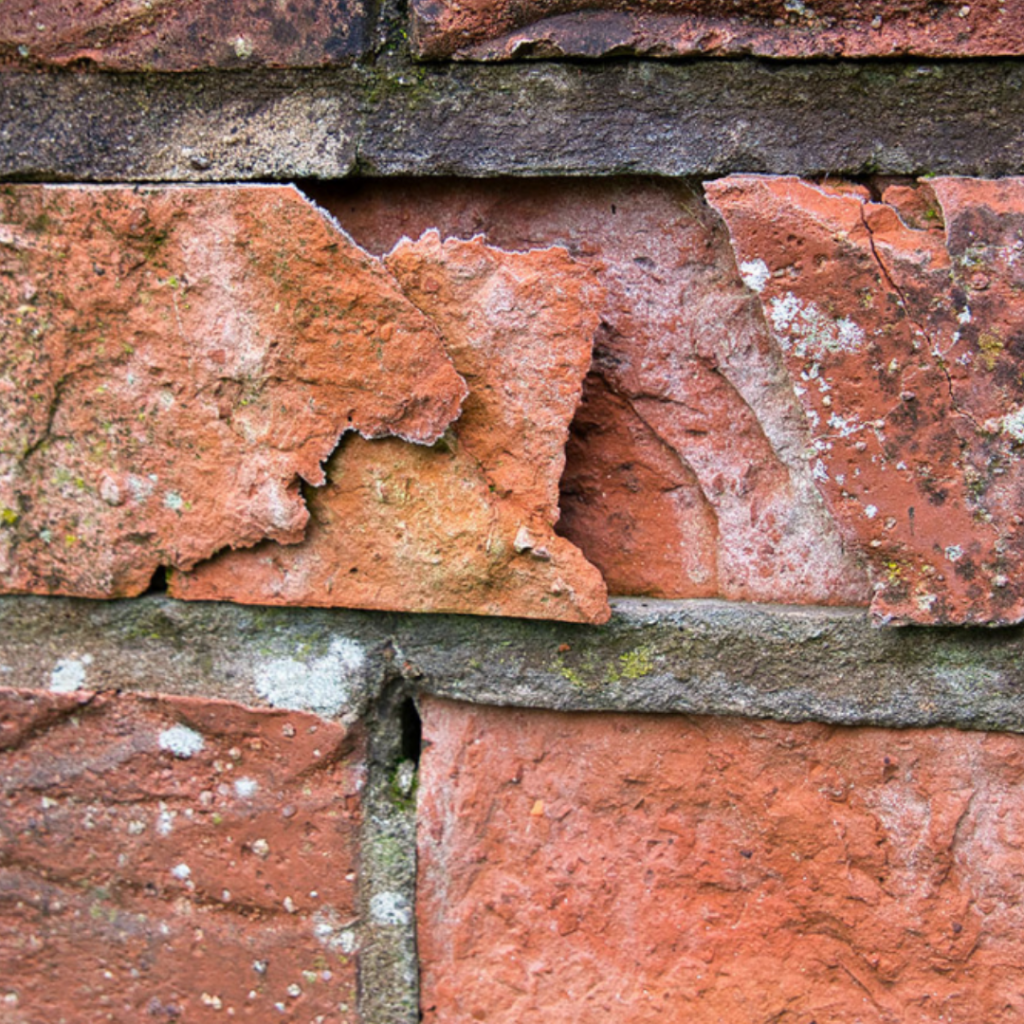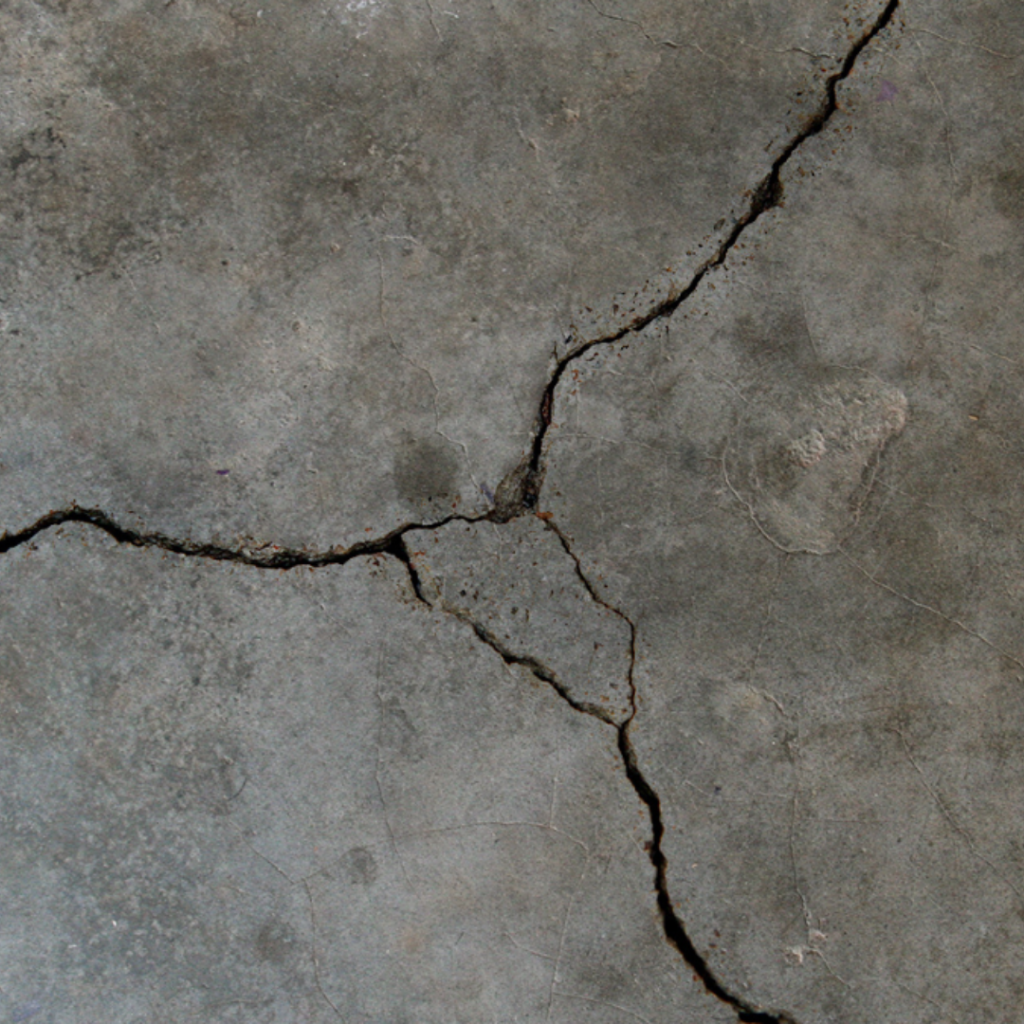
Safeguard Europe: Penetrating damp – how to diagnose the damage
Safeguard Europe’s next CPD webinar is Penetrating Damp: Causes and Treatment on Tuesday 30th April.
As Safeguard gets ready to deliver another informative session of one of its most popular webinars, the company outlines some of the most common reasons for rain penetration through brickwork.
Here are just some of the types of masonry defect that need fixing before you waterproof your masonry wall with Stormdry Masonry Protection Cream.
Defective render
Render is a traditional method of adding an extra layer of protection, as well as aesthetic value, to masonry walls. However, like any building material, weathered render can cause issues over time. Tiny defects can let dampness in and quickly spread through the wall. Cracks need immediate repairing.
If rain has already penetrated the wall, then render repairs could even hinder the drying out of the damp wall. Non-breathable materials like dense sand, cement or painted renders are especially at risk. Always ensure that any repair render closely matches the existing render for a seamless finish.
Brick condition
Under-fired bricks are common in Victorian houses. These bricks were fired at a lower temperature than high-grade bricks. This results in more porous bricks that absorbed water more readily than normal. The intention of these bricks were for use only on internal walls, but often found their way into external walls as a way to cut costs. While the rough texture and longer length of Victorian bricks are easy to spot compared to modern bricks, under-fired bricks are difficult to spot in a Victorian wall.

Keeping the outer face of bricks in good condition is a good start in protecting external walls from penetrating damp. When bricks absorb water, repeated frost-thaw cycles over several seasons of alternating hot and freezing conditions can result in the outer face ‘blowing out’ (also known as spalling). Spalled bricks crack and chip before eventually crumbing away entirely. Light spalling may seem like a purely decorative issue, but the situation can worsen quickly. When the more porous inner part of the brick is exposed to the elements, it lets in even more rain. This speeds up deterioration to cause ever-worsening penetrating damp.
How to test masonry wall porosity
Are you worried but not sure about the porosity of your masonry wall? There’s a simple test you can do. A Stormdry Gauge quickly and accurately measures water absorption into walls. When filled with water, a Stormdry Gauge applies an equivalent amount of pressure to the wall as rain moving at a wind-speed of 90mph.
Simply stick the Stormdry Gauge to the wall with mastic adhesive. Fill the gauge slowly with water up to the zero mark and monitor the water level for at least an hour. It will soon be apparent if a surface is highly absorbent by the water level in the gauge.
Other factors that worsen rain penetration
There are lots of other factors that can make the amount of rainwater on a particular section of wall worse. It’s beneficial to develop a surveyor’s keen eye for these defects, as they may not always be obvious. Something as simple as a cracked windowsill or drainpipe can focus rainwater into one area and keep it constantly wet. Examining the building when it’s raining will often show you exactly where and what you need to fix.

If you can’t get out in the rain, examine the wall carefully for signs of water staining and follow its path to find the culprit. On the plus side, replacing cracked guttering or downpipes are usually quick and easy fixes with immediate positive impact.
If your gutters aren’t cracked, they may be blocked. Wind and rainfall can dislodge moss on the roof and block surface water drainage systems. Conduct regular checks in periods of poor weather to ensure everything flows as it should.
Consider any existing wall coatings. Applying acrylic paints to exterior walls without first using an impregnating primer can trap rainwater and cause the finish to bubble and blister.
Want to know more about penetrating damp?
This article has barely scraped the surface of all you need to know about diagnosing, preventing and treating penetrating damp.
Devised by Safeguard’s in-house R&D/technical teams and approved by the Royal Institute of British Architects, Penetrating Damp: Causes and Treatment has everything you need to know to tackle penetrating damp.
Contact:
Safeguard Europe,
Redkiln Close,
Horsham,
West Sussex,
United Kingdom,
RH13 5QL
Phone: 01403 210204
Fax: 01403 217529
Visit Safeguard Europe's website
Visit Supplier's page
Latest news

22nd November 2024
Insight Data: Using Marketing Data to Build a Successful Business in 2025
Alex Tremlett, Insight Data’s Commercial Director, discusses the challenges for construction firms in 2025 and shares six strategies for success…
Posted in Articles, Building Industry News, Building Services, Information Technology, news, Research & Materials Testing
22nd November 2024
Purplex: A tough Budget, but opportunity still knocks
Incoming governments, especially those with significant mandates, inevitably come into power on a tidal wave of optimism coupled with hope that ‘Things can only get better’. Andrew Scott, MD of construction-focused, full-service agency Purplex, talks…
Posted in Articles, Building Industry News, Building Services, Information Technology, news, Posts, Research & Materials Testing
22nd November 2024
Pop Up Power Supplies Gets Arty in Yorkshire
Pop Up Power Supplies has installed 13 new electricity units at The Hepworth Wakefield – read more in this article…
Posted in Articles, Building Industry News, Building Products & Structures, Building Services, Case Studies, Civil Engineering, Facility Management & Building Services, Garden, Hard Landscaping & Walkways, Landscaping, Posts, Restoration & Refurbishment, Retrofit & Renovation
22nd November 2024
OPT Services Revolutionises Fibre Cable Capping with Eco-Friendly Innovation
UK-based OPT Services has unveiled SlimLine™ Capping, a groundbreaking fibre cable protection solution that promises to deliver significant environmental and installation advantages to the fibre optic industry.
Posted in Articles, Building Industry News, Building Products & Structures, Building Services, Facility Management & Building Services, Information Technology, Innovations & New Products, Sustainability & Energy Efficiency
 Sign up:
Sign up: